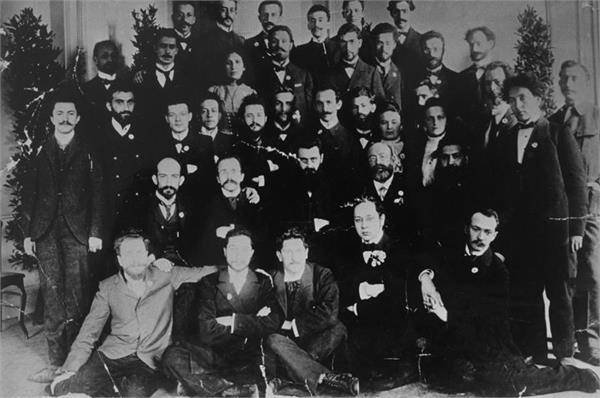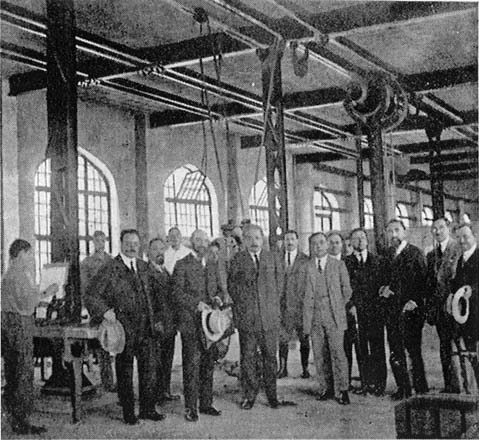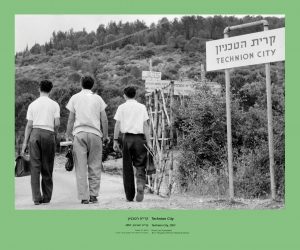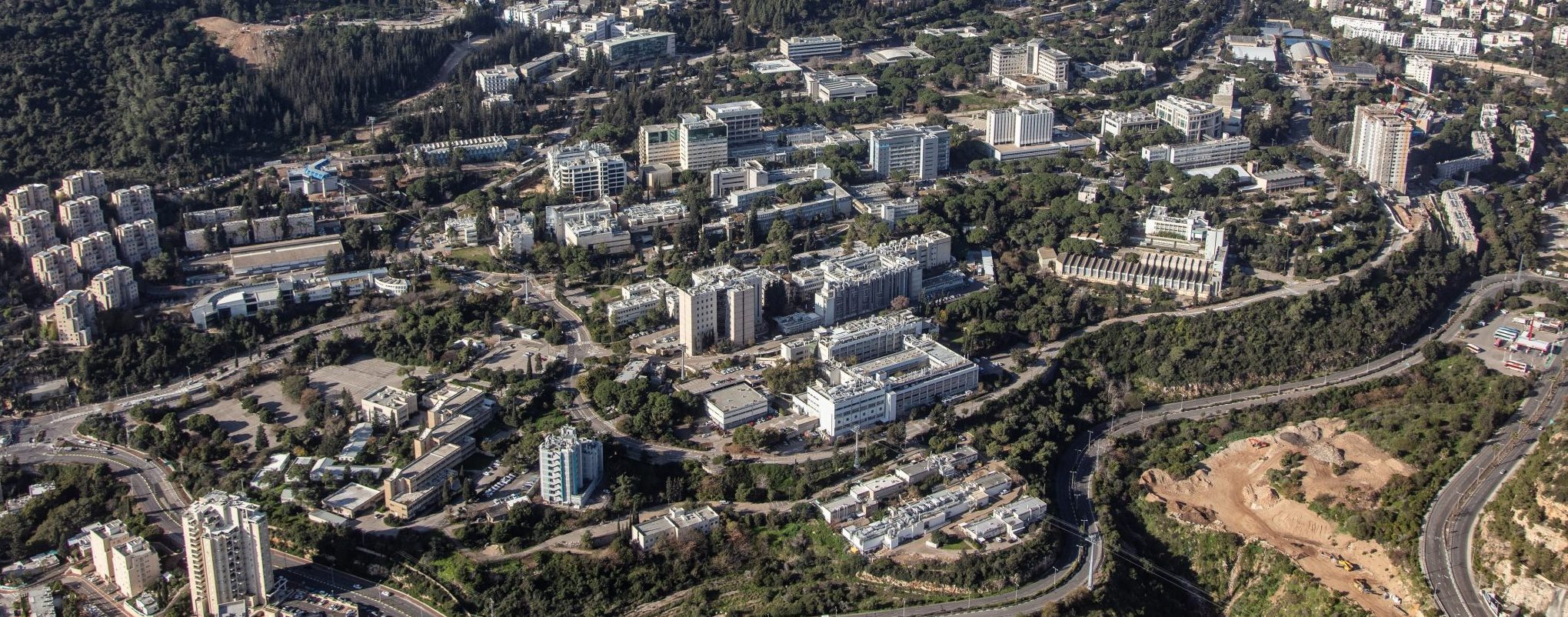Advancing human health since the 1960s
To meet growing demand for enrollment, available fields of study were expanded. In 1969, Prof. David Erlik became the first dean of the Faculty of Medicine, later named the Ruth and Bruce Rappaport Faculty of Medicine.
During the 1970s, despite the tumult of war in the region, the Technion continued to pave the way forward with cutting-edge research and technological solutions such as desalination. The Faculty of Biology was established in 1971. In 1973, over 1,800 approved research projects were being carried out by Technion staff and 1,100 research theses were pursued by graduate students. At the time, the Institute’s major research centers blossomed to cover nearly every aspect of Israel’s industrial, agricultural and defense needs.
A powerhouse of science, engineering and medicine
The 1980s saw continued progress and advancement in the Technion’s scientific achievements, which would go on to be the basis for Israel’s first Nobel Prizes. Early in the decade, Irwin A. Rose, Avram Hershko, and Aaron Ciechanover published two papers on energy-dependent intracellular proteolysis, reporting that the process for breaking down proteins was more complicated than previously accepted models. In 1982, Technion scientist and future Nobel Prize laureate Dan Shechtman first observed the ten-fold electron diffraction patterns of the quasicrystal while conducting a routine study of aluminum-manganese alloys at the U.S. National Bureau of Standards. In 1978, Abraham Lempel and Jacob Ziv, two of the “founding fathers” of Israel’s high-tech movement, published their groundbreaking paper on data compression using the LZ77 algorithm they had developed. The algorithm is well-known for birthing the popular PNG, ZIP and GIF formats.
In 1987, research at the Technion accelerated in the field of optoelectronics, or studies and applications for light-emitting devices, leading to the inauguration of the Barbara and Norman Seiden Advanced Optoelectronics Center in 1989. The Center aimed to facilitate multidisciplinary research partnerships and attract Israeli researchers who had departed during the “brain drain” back to the country by establishing the Technion’s reputation for its world-class laboratories and computational research.
In addition, during the 1980s, the Technion’s role in the formation of Israel’s dynamic high-tech scene began, with applied research in the fields of computer science, electrical engineering, semiconductors and fiber optics, accounting for the development of pioneering technologies that would become the basis for the nation’s first high-tech exports.
Technion’s academic excellence expands
The mass immigration of researchers, scientists and intellectuals from the former Soviet Union in the 1990s significantly increased the number of students and teaching staff, resulting in a campus expansion program and the construction of the new home of the Henry and Marilyn Taub Faculty of Computer Science, among other capital projects.
In 1995, the National Center for Research and Analysis of Proteins opened in the Faculty of Biology. Multi-sector partnerships were initiated with pharmaceutical and biotechnology companies, an indication of the Technion’s role in establishing Israel’s expertise in biomedicine.
The TechSat-Gurwin II satellite was launched from Baikonur space station in Kazakhstan in 1998, becoming one of the first satellites to be launched by an academic institution and a showcase for the Technion’s important collaboration with industry and the local and international scientific community. The project was designed by experts and students from the Technion and the Israel Space Agency, Israel Aircraft Industries, and from the IDF Research and Development Administration – an example of successful and close cooperation between the Technion and Israeli industry.
Also in 1998, Prof. Joseph Itskovitz-Eldor of the Faculty of Medicine was on the international team that first discovered the potential for the use of stem cells to form tissue and established the Technion’s first stem cell laboratory.





